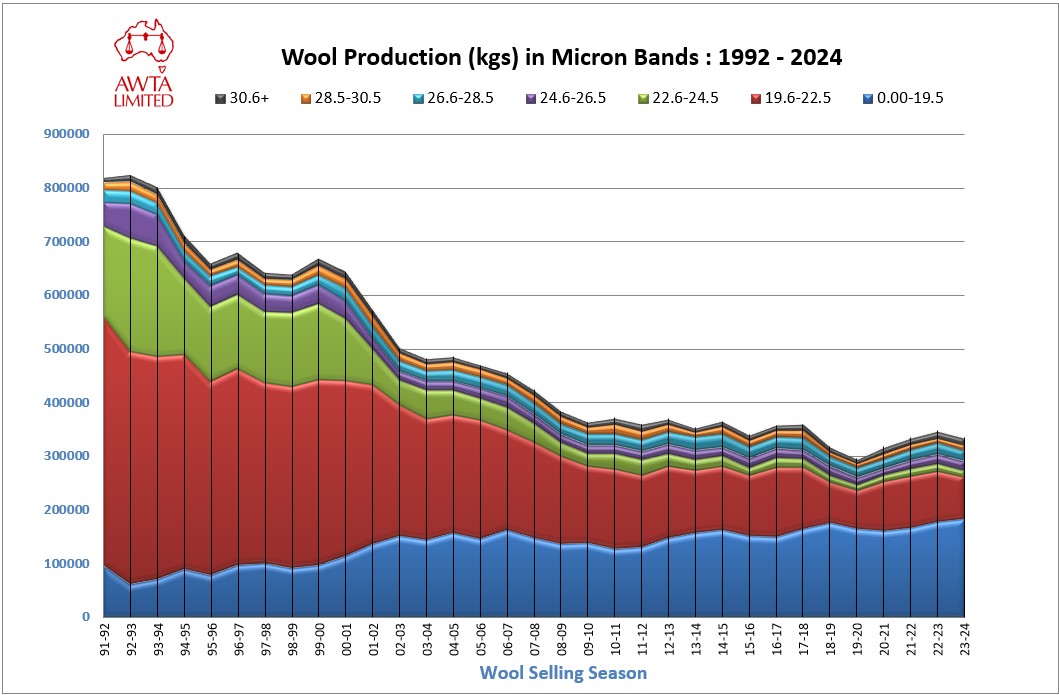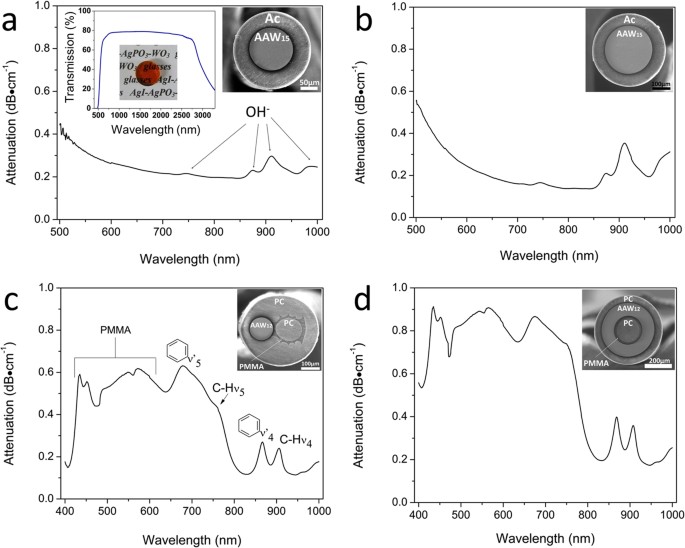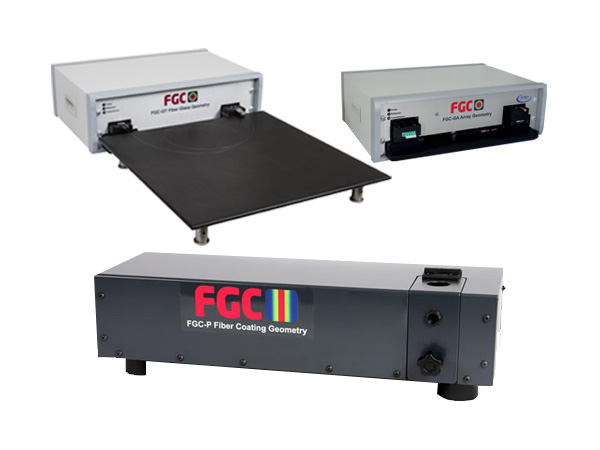Discover the Ideal Optical Fibre Diameter Analyser for Your Business
Discover the Ideal Optical Fibre Diameter Analyser for Your Business
Blog Article
Optimize Your Fibre Optic Performance: Recognizing Optical Fibre Size Analyser Technology
The performance of fiber optic systems is critically affected by the accuracy of their diameter, a factor usually forgot in the quest of optimum signal integrity. Understanding the modern technology behind optical fiber size analysers exposes the elaborate balance in between measurement precision and production top quality.
Importance of Optical Fibre Size
The diameter of optical fibre plays an important duty in identifying the efficiency and effectiveness of communication systems. Conversely, smaller sized sizes tend to support fewer modes, which can enhance signal clearness and reduce crosstalk.

In addition, understanding the diameter's implications can lead to cost savings by lowering the requirement for signal amplification and repeaters in comprehensive networks (optical fibre diameter analyser). Finally, the significance of optical fiber size can not be overstated, as it straight affects the overall performance and dependability of modern interaction systems

Exactly How Size Affects Signal Quality
Signal high quality in optical fibre systems pivots substantially on the size of the fibre. The size influences a number of crucial criteria, consisting of depletion, transmission capacity, and modal dispersion. A smaller size can lead to higher attenuation prices, resulting in signal loss as light trips via the fiber. This attenuation can endanger the integrity of the transmitted data, bring about a decrease in signal quality, particularly over cross countries.
On the other hand, larger diameters normally permit enhanced light capture and lowered modal diffusion, boosting signal clarity. In multimode fibres, a larger core size can sustain multiple light modes, however it may additionally introduce intermodal dispersion, which can weaken signal quality. Consequently, selecting the optimum fibre size is crucial for accomplishing the preferred efficiency in specific applications.
Additionally, the communication between the fibre size and the wavelength of the light made use of plays an essential function in identifying the reliable transmission range and overall signal honesty. Understanding how fibre diameter affects signal top quality is crucial for network developers and engineers making every effort to enhance optical fiber systems for dependable, high-speed data transmission.
Review of Size Analyser Innovation
In lots of optical fiber manufacturing procedures, accurate measurement of fibre size is important for guaranteeing consistent performance and quality (optical fibre diameter analyser). Diameter analysers are sophisticated tools developed to analyze the physical dimensions of optical fibers with high precision. They employ sophisticated optical and laser modern technologies to determine the diameter, ovality, and concentricity of the fiber, hence giving crucial data for quality assurance
These analysers can run in-line during the production procedure or as part of off-line testing protocols. In-line systems allow real-time surveillance, permitting makers to change criteria promptly, thus maintaining optimal manufacturing conditions. Off-line analysers, on the other hand, give thorough analyses of batches, ensuring that any variances from defined tolerances are identified and dealt with.
Diameter analysers substantially contribute to the reduction of defects in optical fibers, enhancing overall item reliability. By continually gauging crucial parameters, these innovations help with conformity with sector criteria and specs. As the need for high-performance optical fibers proceeds to rise, the role of diameter analysers comes to be increasingly official site crucial in attaining the desired top quality and performance requirements in fibre optic systems.
Trick Features of Fibre Size Analysers
Although numerous designs of fiber diameter analysers exist, they generally share several crucial features that improve their capability and integrity. One of one of the most significant features is high-resolution dimension capacities, which ensure exact size analyses, crucial for keeping quality assurance in fibre manufacturing. Furthermore, many analysers integrate innovative optical sensing units designed to spot minute variations in fibre size, therefore providing invaluable data for procedure optimization.
An additional vital feature is real-time surveillance, allowing drivers to receive instant comments on fiber diameter throughout the manufacturing process (optical fibre diameter analyser). This capacity facilitates rapid adjustments and reduces the probability of problems. Numerous analysers additionally come equipped with user-friendly user interfaces, making it possible for operators to easily browse via information and setups outcomes
In addition, visit the site durable data storage and evaluation functionalities are necessary for tracking historic performance fads and making sure conformity with sector standards. These attributes jointly contribute to the efficiency of fiber diameter analysers in optimizing fibre optic efficiency.
Ideal Practices for Fibre Optimization

First, routine calibration of optical fibre size analysers is necessary. This ensures precise dimensions and lessens possible disparities that might affect efficiency. Next, keeping a clean workplace is important; dirt and pollutants can bring about signal deterioration.
In addition, it is essential to select fibres that fulfill specific application requirements. This includes reviewing variables such as attenuation, bandwidth, and environmental conditions. Appropriate installment techniques must additionally be stuck to, including preventing sharp bends and extreme stress, which can endanger fiber honesty.
Furthermore, using advanced monitoring systems can facilitate real-time Extra resources performance analyses, enabling prompt recognition of concerns. Normal testing and maintenance should be performed to make sure that fibers continue to be within optimal operational criteria.
Last but not least, training personnel on the most recent fiber optimization innovations and methodologies will enhance their capability to apply effective strategies. By complying with these finest techniques, organizations can substantially boost the efficiency and life expectancy of their optical fibre systems, making certain effective communication and data transfer.
Conclusion
Finally, the assimilation of optical fiber size analyser technology is essential for making best use of fiber optic performance. By guaranteeing accurate measurements of fiber dimensions, these analysers significantly enhance signal top quality and reduce losses throughout data transmission. Regular calibration and maintenance of the analysers are critical to maintain ideal efficiency and compliance with industry standards. Ultimately, the application of this technology facilitates enhanced information transmission prices and enhances signal stability, adding to the overall efficiency of fibre optic systems.
Signal high quality in optical fiber systems pivots considerably on the size of the fibre.In numerous optical fiber manufacturing processes, precise measurement of fibre size is important for making sure consistent performance and high quality. As the demand for high-performance optical fibers continues to climb, the duty of diameter analysers becomes significantly important in achieving the preferred top quality and performance criteria in fibre optic systems.
These functions collectively contribute to the efficacy of fiber diameter analysers in optimizing fibre optic performance.
In conclusion, the assimilation of optical fibre size analyser modern technology is important for maximizing fibre optic performance.
Report this page